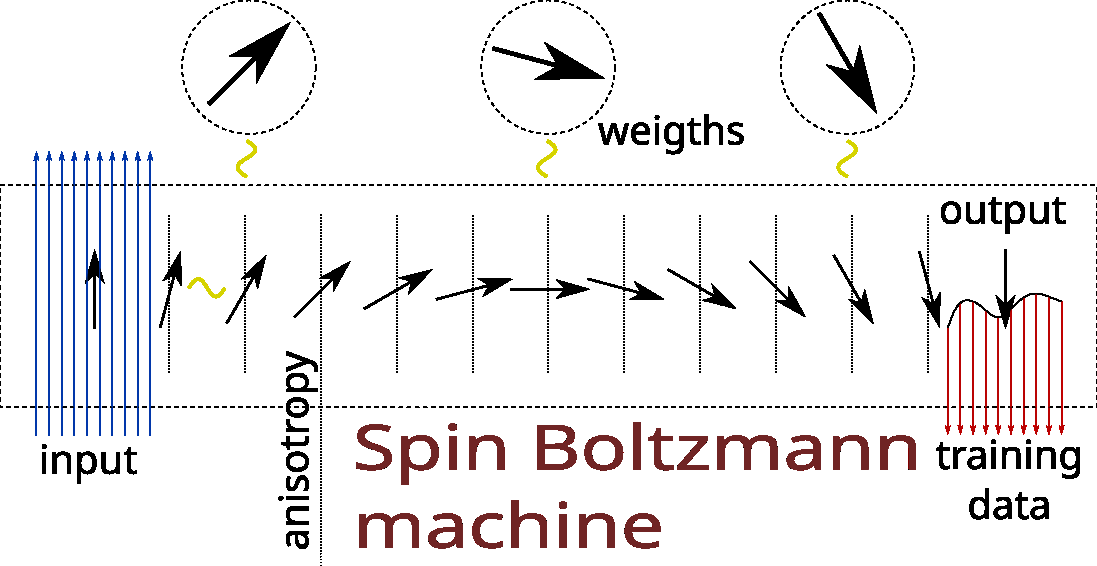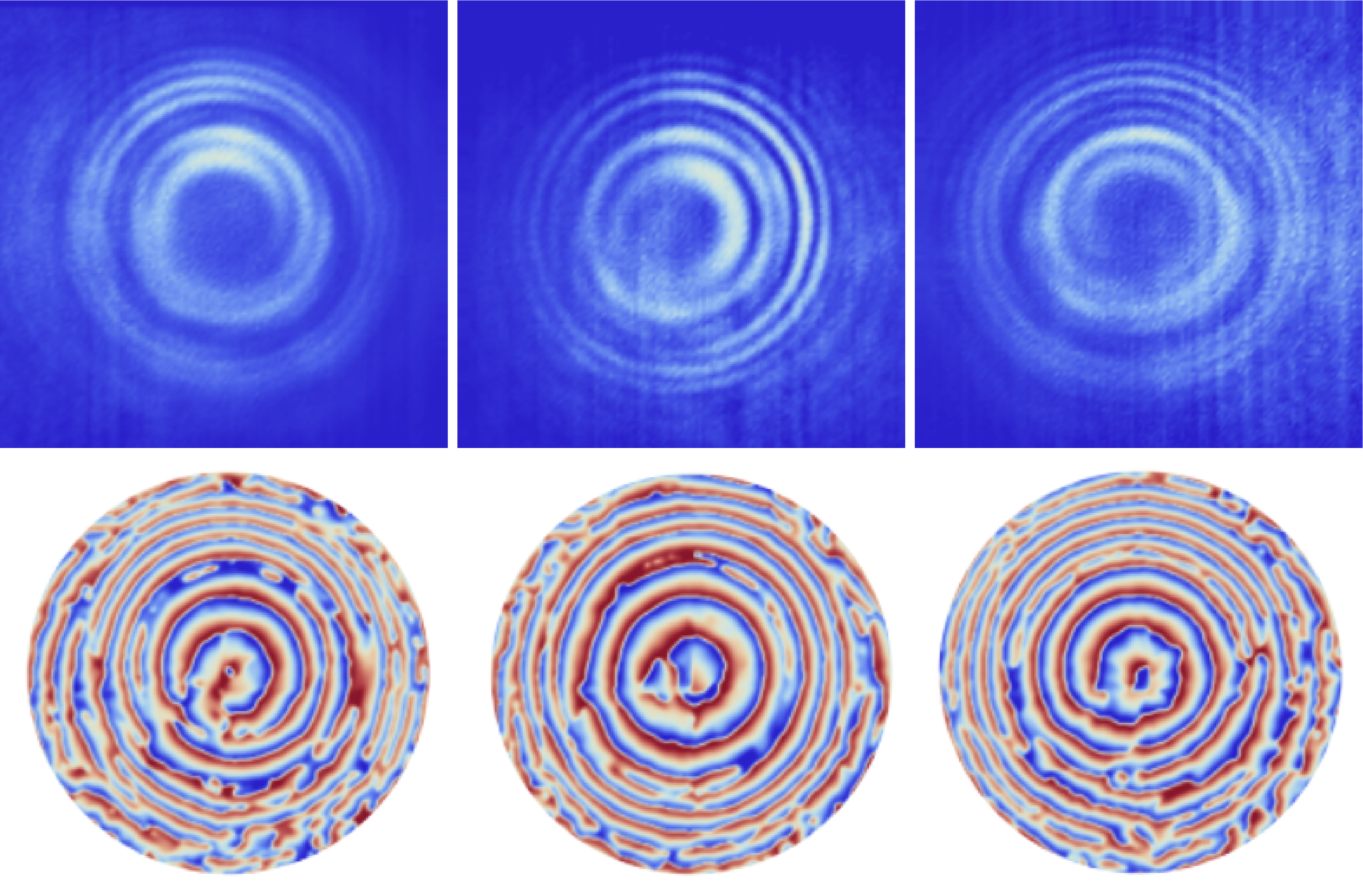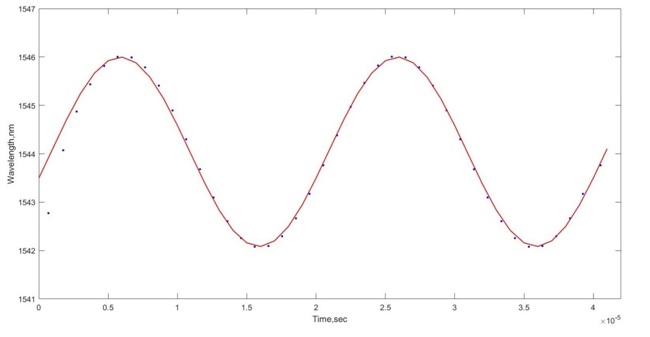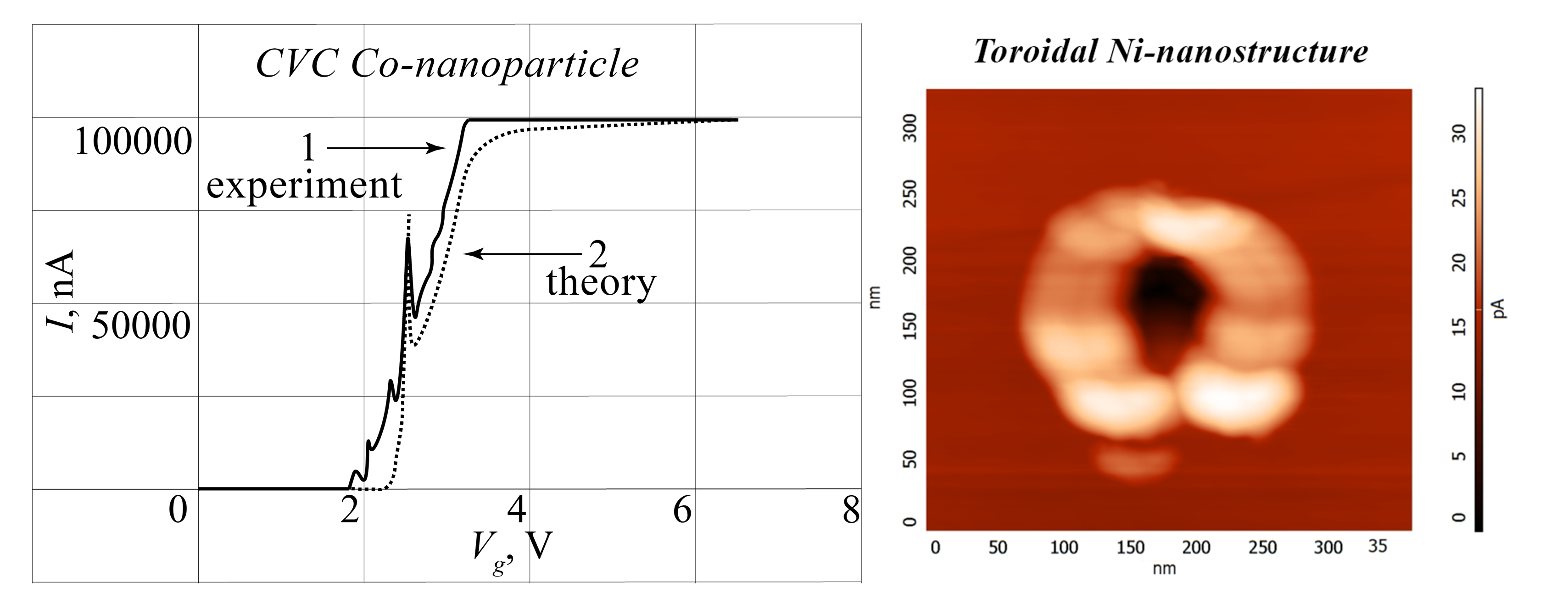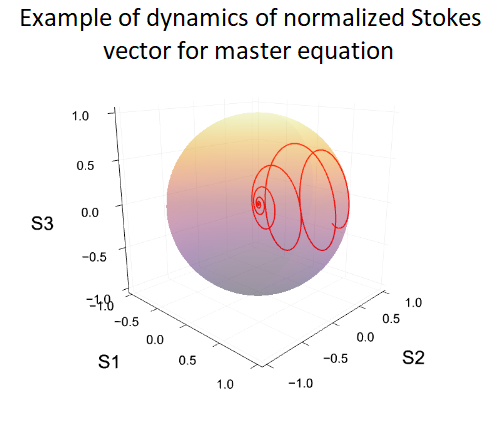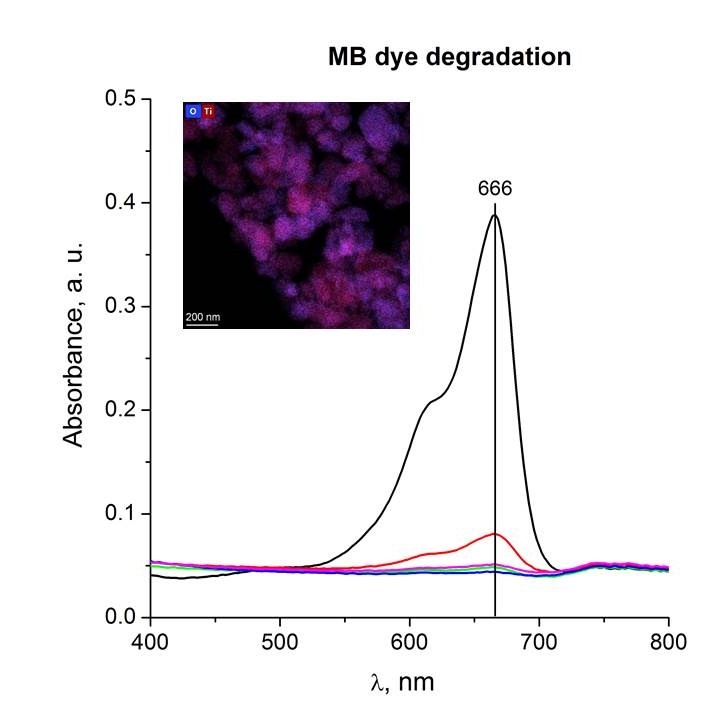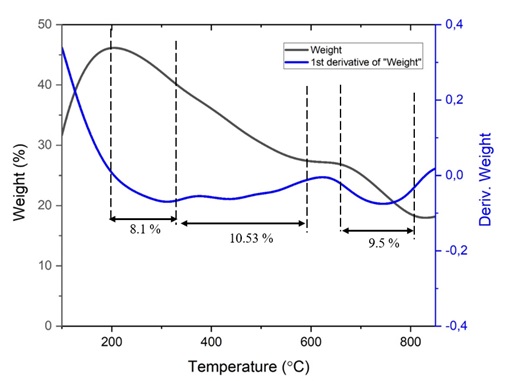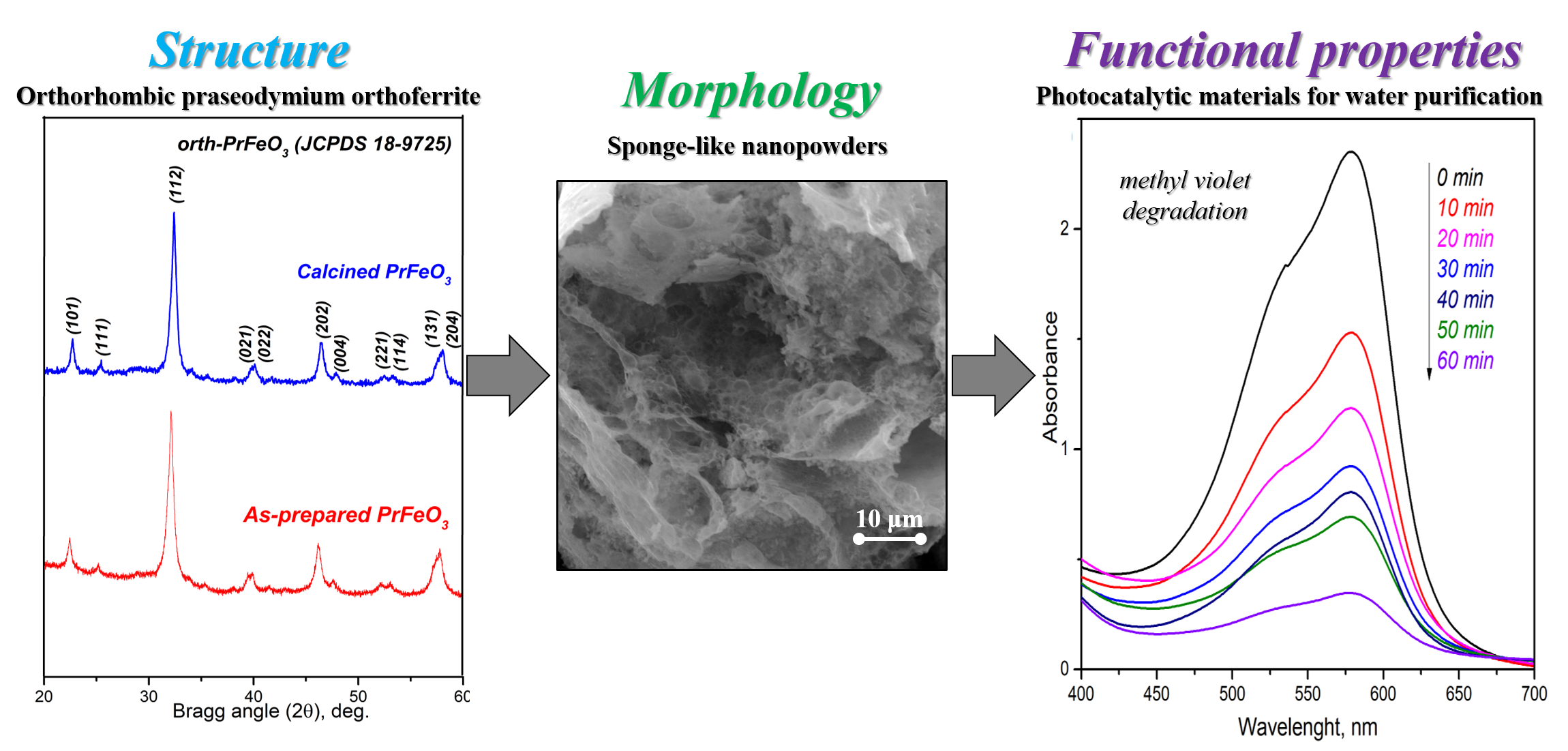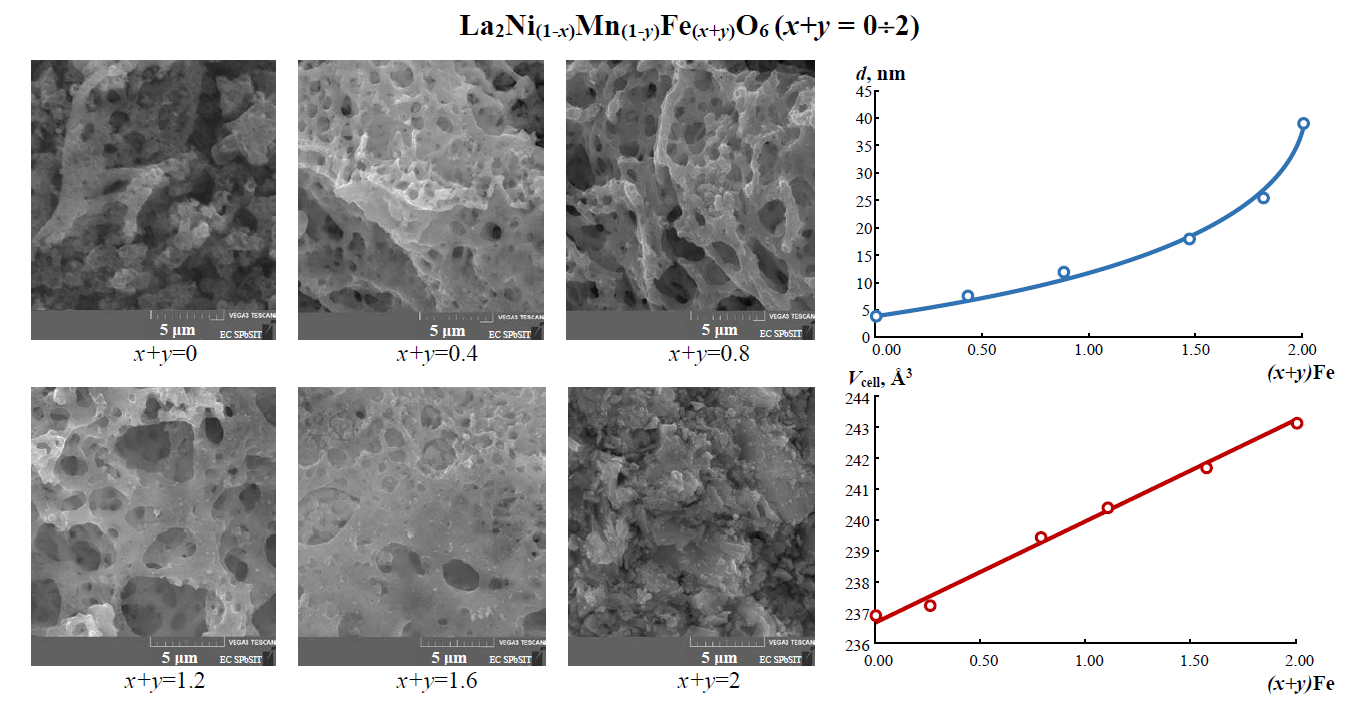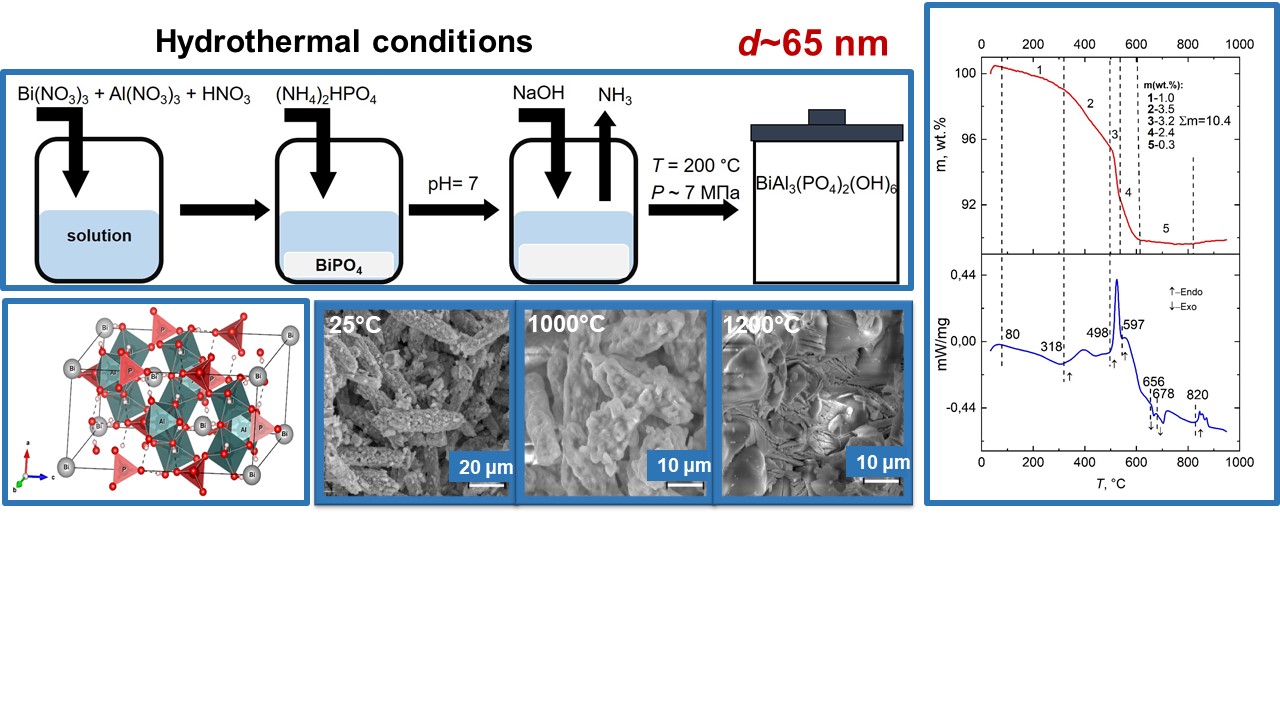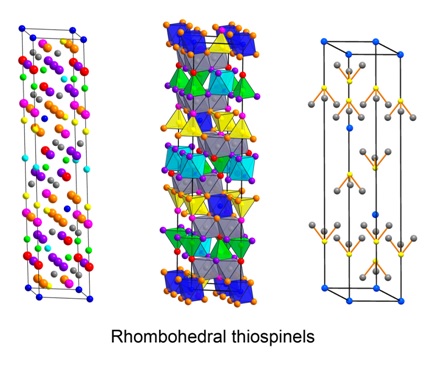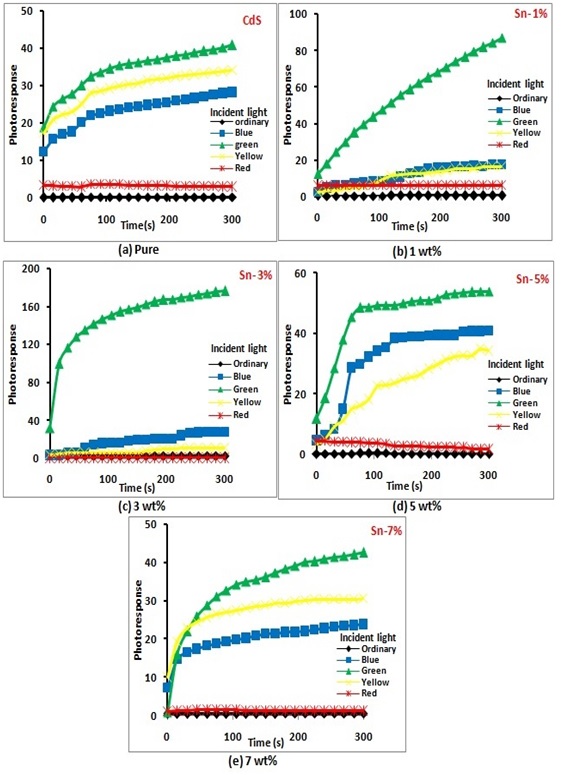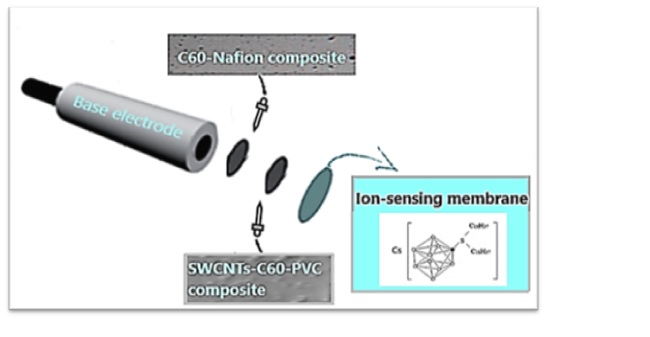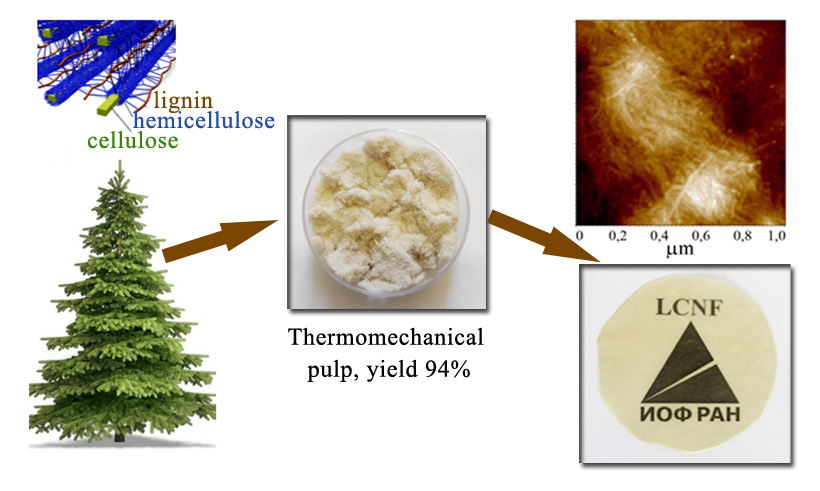Boltzmann machine (BM) is a recurrent network, which has a wide range of applications in machine learning (ML) including dimensionality reduction, feature learning and classification. Standard BM is described by the Ising model and can be implemented as a spin ice based device. Such hardware implementation is faster and more energy efficient than a simulation on digital computers. At the moment, a hardware BM is a single purpose device designed on digital computers for a specific task. In the paper we propose a generalized BM capable of fitting parameters by demonstration of training examples, which is done completely inside the spintronic device. Our generalization is based on the Heisenberg model, which is more accurate than the Ising model for spin ice. We show that for some systems minimization of Kullback-Leibler divergence during training of BM is equivalent to minimization of free energy with respect to the biases of the units, hence training of the ML model can be done by energy dissipation. We include the biases as degrees of freedom of the device, whose dynamics is described by the same Landau-Lifschitz-Gilbert equation as for spins representing units of BM. The demonstration of samples from the training set is done by fixing inputs and outputs according to ground truth. The training samples are remembered by the machine becoming minima on the energy landscape implementing a kind of long-term potentiation. The performance of the proposed machine is compared with a single layer perceptron artificial neural network and with a Bernoulli restricted BM on a binary classification problem.
We study formation of persistent currents of exciton polaritons in annular polariton condensates in a cylindrical micropillar cavity under the spatially localised nonresonant optical pumping. Since polariton condensates are strongly nonequilibrium systems, the trapping potential for polaritons, formed by the pillar edge and the reservoir of optically induced incoherent excitons, is not real in general case. Its imaginary part includes the spatially distributed gain from the pump and losses of polaritons in the condensate. We show that engineering the gain-loss balance in the micropillar plane gives one an access to the excited states of the polariton condensate. We demonstrate, both theoretically and experimentally, the formation of vortices in double concentric ring polariton condensates in the case of complex annular trap potential.
Subject of investigation. In this paper, we analyzed in detail the thermal mode of the operation of a vertical-cavity surface-emitting laser (VCSEL) used in the experiment. Method. As a part of the work, we carried out a theoretical study of the recurrence relation describing the change in the VCSEL wavelength under the action of specially selected modulation current pulses. The high speed of the device working is determined by the optical demodulation scheme, which is based on using a phase-modulated carrier (the demodulation method used is arctangent demodulation: Phase Generated Carrier (PGC-ATAN)). Main results. Formulas were obtained that determine the frequency, phase, and modulation depth which leads to calculation of the principle of change in the modulated VCSEL wavelength at sampling points. Comparison with experimental data showed that the obtained formulas allow one to choose the optimal thermal mode of VCSEL operation and reliably calculate the characteristics of the modulation process in terms of the carrier phase. Practical significance. The obtained formulas make it possible to calculate the exact characteristics of the modulation process, and the precisely calculated phase of the modulation source. As a result, one can compensate it more effectively when demodulating phase of the interferometer.
In this work, we have experimentally investigated the features of tunneling current-voltage (I-V) curves in the case of 1D-dissipative tunneling in the limit of weak dissipation for various both synthesized (and in the process of synthesis) metallic nanoparticles (NPs) (Ni, Co, Fe) in a combined atomic force microscope/scanning tunneling microscope (AFM/STM) system in an external electric field. It is shown that for individual tunneling I-V curves, a single peak is observed at one of the polarities. In the process of synthesizing metallic nanoparticles with a change in polarity, instead of nanoclusters, it is possible to synthesize toroidal structures (shown by the example of “growing” Ni-NPs). The investigated effects of 1D-dissipative tunneling made it possible to develop the author’s method of controlled growth of quantum dots in a combined AFM/STM system. A qualitative agreement was obtained between the experimental and theoretical results, which allows us to assume the possibility of experimental observation of the macroscopic dissipative tunneling effects and thereby confirm the hypothesis expressed in the pioneering works of A. J. Leggett, A. I. Larkin, Yu. N. Ovchin- nikov and other authors.
We study the master equation for open quantum systems in the alternative form, preserving the normal form of the averaged normal-ordered operators. We give an example of using this equation for the correlators of normal-ordered field mode operators. We explore the properties of the system of linear equations for the higher-order field operators based on the example of a two-mode bosonic system.
In this work, photocatalysts based on titanium dioxide were synthesized by high-energy ball milling of commercial titanium dioxide in the anatase modification. Using a complex of physicochemical methods, including XRD, low-temperature nitrogen adsorption, XPS and TEM, it was shown that the milling of commercial anatase leads to phase transformations and the formation of several phases of titanium dioxide, namely the high-pressure phase, the monoclinic phase of anatase and rutile, except for in addition, there is a change in the crystalline size and the value of the specific surface area grows from 8 to 31 m2/g. It was found that defects are introduced into the system during ball milling. The photocatalysts obtained by milling showed an activity comparable to the commercial standard TiO2 Degussa P25 in the destruction of the methylene blue dye under the action of UV light, while the adsorption properties of the synthesized samples exceeded those of commercial P25.
TiO2 anatase is a material that has good photocatalytic properties. The synthesis of TiO2 anatase from Tulungagung natural sand used the leaching method. The synthesized samples were characterized by TGA, XRD, FTIR, BET, SEM, UV-DRS and tested for antibacterial effect. In this study, the TiO2 anatase phase was already formed and experiencing three stages of weight loss. It had stretching vibration of the OH group, had a bending mode of water Ti-OH, and Ti-O-Ti at wavenumbers 4000 to 400 cm-1. It also had a mesoporous size, was spherical with a grain size of 58 nm and had an energy gap of 3.42 eV. TiO2 anatase with a 600 µ g/mL concentration could reduce Escherichia coli, Staphylococcus aureus, and Pseudomonas aeruginosa bacteria. Therefore, TiO2 anatase has the potential in an antibacterial agent.
In this work, nanocrystalline powder of praseodymium orthoferrite was obtained by the solution combustion synthesis using succinic acid as organic fuel. The obtained sample is characterized by techniques of powder x-ray diffraction, scanning and transmission electron microscopy, and UV-Vis diffuse reflectance spectroscopy. The sample was discovered to have a porous, foamy morphology with an average crystallite size of 36.1 nm and a band gap value of 2.1 eV. The study of Fenton-like photocatalytic activity was carried out on the example of the decomposition of the methyl violet dye in the presence of hydrogen peroxide under visible light. The maximum value of the degradation rate constant is 0.0325 min-1. The results were compared to the available data obtained for similar systems.
Nanocrystalline particles on the basis of La2(Ni,Mn,Fe)2O6 variable composition phases of a double perovskite structure have been produced by glycine-nitrate combustion. The size of crystallites grows from 5 to 45 nm with an increase in iron content of synthesized particles. It is demonstrated that iron unevenly builds into octahedral sites of nickel and manganese ions substituting mainly manganese ions. At the same time, the dependence of double perovskite unit cell volume on the iron ions concentration is well described by Retgers’ law.
A nanocrystalline powder of the waylandite-structured bismuth hydroaluminophosphate was obtained under hydrothermal conditions at 200 °C, 7 MPa and pH 7, and characterized by X-ray diffractometry, scanning electron microscopy (SEM), and energy dispersive microanalysis (EDAX). The simultaneous thermal analysis and high-temperature X-ray diffractometry have shown that the crystal-chemical formula of this compound can be represented as BiAl3(PO4)2O(OH)4·(H2O). This compound retains its structure and crystallite size ( 65 nm) up to about 500 °C. It has been determined that the decomposition of this compound in the 540-800 °C range results in the formation of Bi2O3, Bi2Al4O9 and AlPO4 phases. At temperatures above 800 °C, a complete thermal decomposition of Bi2Al4O9 and the formation of crystalline α-Al2O3 occur in this system, while Bi2O3 keeps evaporating during the isothermal exposure.
A structural mechanism for the formation of nanoclusters and the rhombohedral modification of CuZr1.86(1)S4 has been proposed. Group-theoretical and crystal-chemical methods are used to study the features of the crystal structure and multi-order in Cu-Zr-thiospinel. A multi-order is a structural organization of a material, in the formation of which different degrees of freedom of a crystal participate. It has been proven that the rhombohedral structure of CuZr1.86(1)S4 is formed as a result of displacements and orderings of all types of atoms. It is theoretically shown that the formation of a rhombohedral phase is associated not only with the lattice, but also with the charge and, possibly, orbital degrees of freedom of the crystal. Theory predicts that the rhombohedral phase must be an improper ferroelastic. An important feature of the rhombohedral structure is metal nanoclusters: “bunch” of dimers, trimers, and tetrahedra. Bunch of dimers are an unusual type of self-organization of atoms in rhombohedral spinel-like structures, formed by atoms of two (tetrahedral and octahedral) frustrated crystal sublattices.
Thin films of Tin (Sn) doped Cadmium Sulfide (CdS) have been grown by chemical bath deposition technique. It was observed that all fabricated thin films (doped & undoped) were polycrystalline with nanoscaled crystallites and cubic crystal structure of CdS. SEM micrographs show nanorod structure of CdS and Sn doped CdS. EDS analysis shows the deficiency of sulfur and excess of cadmium in the films. UV-VIS spectroscopy confirms increase in band gap with doping of the films. Microstructural analysis shows that the particle size increases with increasing concentration of the Sn on excitation with 483 nm. The gravimetric analysis shows that the thickness of the pure CdS thin film measured is 134.41 nm, which increases with doping concentrations of tin. Electrical conductivity measurements show that the material switches its Negative Temperature Coefficient (NTC) to Positive Temperature Coefficient (PTC) nature with increase in temperature. TEP measurements show n type semiconducting nature of the films which is highly photo sensitive. The pure CdS thin film was observed to be less sensitive to the green light, however, the Sn (3 wt%) doped CdS thin films exhibit enhanced photo response particularly to green light.
High-lignin content cellulose nanofibrils (LCNF) were successfully prepared from thermomechanical pulp through TEMPO-catalyzed oxidation, followed by ultrasonic treatment. Preparation protocols of the LCNFs included use of the mild pre-hydrolysis of the thermomechanical pulp and adjustment of sodium hypochlorite loading for the samples with the 23.8 and 14.1 wt.% lignin content, resulting in the increase of the carboxyl group content from 0.70 to 1.24 mmol/g. LCNFs had a diameter of 14 5 nm (AFM evaluation); and the LCNF morphology was affected by contents of both lignin and carboxyl groups. The translucent LCNF films were prepared by solution casting technique. They exhibited the heightened water contact angle of 75-82 °, an increased thermal stability up to 275 °C compared to lignin-free cellulose nanofibril films (39 ° and 203 °C, respectively), and excellent UV-blocking ability in a wide spectrum range from 200 to 375 nm. The said LCNFs can be successfully used for manufacturing the packaging materials and/or making the biopolymer composites.
High-lignin content cellulose nanofibrils (LCNF) were successfully prepared from thermomechanical pulp through TEMPO-catalyzed oxidation, followed by ultrasonic treatment. Preparation protocols of the LCNFs included use of the mild pre-hydrolysis of the thermomechanical pulp and adjustment of sodium hypochlorite loading for the samples with the 23.8 and 14.1 wt.% lignin content, resulting in the increase of the carboxyl group content from 0.70 to 1.24 mmol/g. LCNFs had a diameter of 14 5 nm (AFM evaluation); and the LCNF morphology was affected by contents of both lignin and carboxyl groups. The translucent LCNF films were prepared by solution casting technique. They exhibited the heightened water contact angle of 75-82 °, an increased thermal stability up to 275 °C compared to lignin-free cellulose nanofibril films (39 ° and 203 °C, respectively), and excellent UV-blocking ability in a wide spectrum range from 200 to 375 nm. The said LCNFs can be successfully used for manufacturing the packaging materials and/or making the biopolymer composites.
ISSN 2305-7971 (Online)



